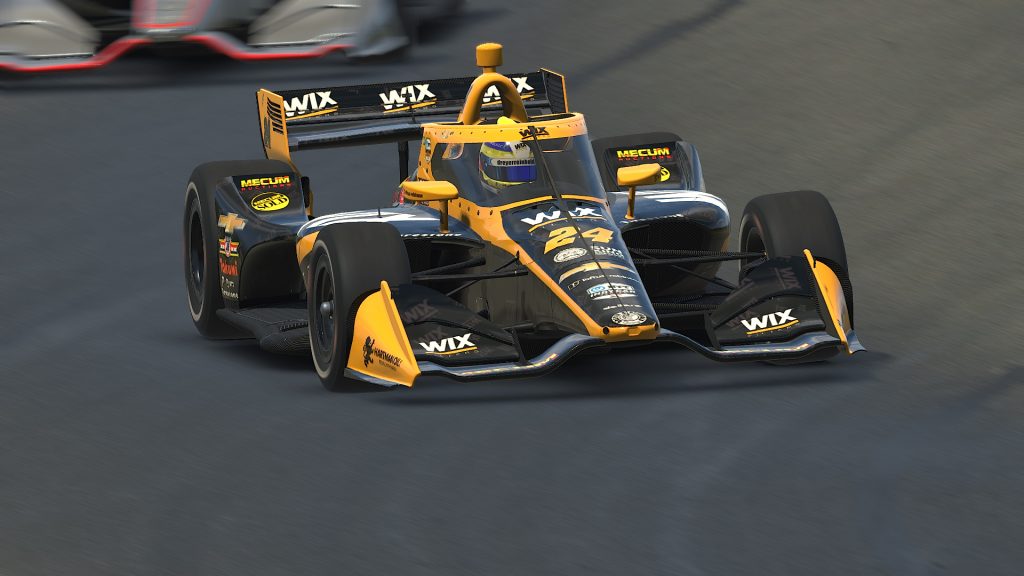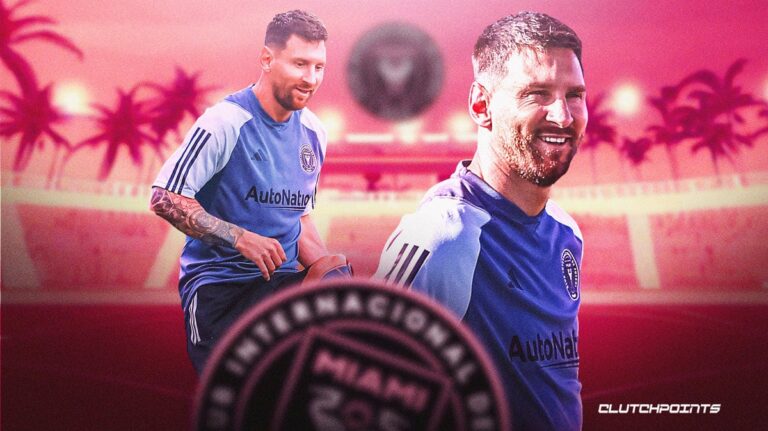
Audience
- Sentiment: Optimistic
- Political Group: Neutral
- Age Group: Young Adults (18-34)
- Gender: Male
Overview
- Jay Frye steps down as leader of IndyCar, paving the way for Doug Boles as the new president.
- Boles plans to focus on fan engagement and collaborative leadership while managing IndyCar and the Indianapolis Motor Speedway.
- The upcoming changes in car chassis and engine specifications by 2027 are expected to significantly impact the competitive landscape of IndyCar.
IndyCar’s Leadership Changes: A New Era Just Ahead of the 2025 Season
IndyCar racing, a thrilling series known for its fast cars and exciting races, is poised for some major changes as it gears up for the 2025 season. Jay Frye, who has been a key player in the organization, has stepped down from his leadership role. This opens the door for Doug Boles, who is taking on the very important job of president of IndyCar while also overseeing the legendary Indianapolis Motor Speedway (IMS), one of the most famous racetracks in the world. This transition comes at a time when IndyCar is experiencing both great competition on the track and some challenges that need to be addressed. So, what exactly does this mean for the future of IndyCar and racing fans?
A Fresh Start for IndyCar
First, let’s dive into who Jay Frye is. He joined IndyCar as a leader in 2015 and played a significant role in helping the sport regain its footing. Under his watch, IndyCar saw improvements in its overall on-track competition. New drivers, improved technology, and adaptations to fan engagement were all strides made during his tenure. However, Frye’s departure is raising eyebrows. What led to this change? While no one can pinpoint a single reason, sometimes, sports organizations make shifts to breathe new life into their leadership teams. It’s like a team trading a player to bring in new talent – a move aimed at revamping performance.
Now, enter Doug Boles, the new president of IndyCar. Boles is no stranger to the motorsports scene. He previously held leadership roles at the Indianapolis Motor Speedway, where he was responsible for managing events and promoting races. His experience makes him a strong candidate for a position that requires juggling many complex responsibilities. Boles is stepping into a challenging role but one that also holds exciting potential. His ability to connect with fans and foster relationships within the motorsport community speaks volumes about his commitment and suitability for this position.
What’s Next for Boles?
With Boles taking over, one of the biggest questions is, how will he manage both IndyCar and the Indianapolis Motor Speedway? These are two high-profile roles that, although closely connected, each present their own set of challenges. Boles will need to work on both the competitive side of racing as well as the commercial side. In simpler terms, he has to make sure the races are thrilling for fans while also ensuring that they’re financially successful.
Boles has already made it clear that he plans to incorporate a more collaborative approach to leadership. This means involving more voices in decision-making processes and focusing on long-term strategies for IndyCar. One of his main goals is to prepare for significant changes in the car chassis and engine specifications, which are expected to roll out by 2027. This is a big deal because these types of changes can shape how cars perform and how competitive the sport can be, so having a solid plan in place is essential.
Mark Miles, the president and CEO of Penske Entertainment, has faith in Boles’s ability to tackle these challenges. Miles emphasizes the importance of teamwork and cooperation in order to make IndyCar even better and more popular. He knows how crucial Boles’s enthusiasm is in bringing about exciting changes for fans, teams, and drivers alike.
A Stronger Future for IndyCar
So, why does all this matter? Well, the success and growth of IndyCar rely heavily on how well it can engage with fans, improve the quality of racing, and establish itself in the highly competitive landscape of motorsports. F1, NASCAR, and other racing series are always doing their best to gain more viewers and fans. With a passionate leader like Boles at the helm, IndyCar is looking to increase its visibility and create a more vibrant atmosphere around the sport.
Boles has a tough job ahead, but he’s not alone. IndyCar has made several key promotions within its organization to support Boles and aid in this leadership transition. These promotions are crucial in ensuring that everyone is on the same page as they dive into this new chapter. Boles and his team are ready to hit the ground running, armed with a vision for collaboration and growth. Working together is of the upmost importance because it helps ensure that no one is left out of the conversation, allowing for diverse ideas and innovation to emerge.
Engaging with Fans
Another vital aspect of Boles’s leadership will involve fan engagement. As a racing fan myself, I understand how important it is to feel connected to the sport we love. It’s not just about watching cars go fast; it’s about the stories behind the drivers, the thrilling rivalries, and the sense of community among fans. Boles recognizes this and aims to enhance those connections. This might involve more interactive experiences during race weekends, increased social media presence, or even collaborations with other sports and entertainment sectors.
One idea that could be exciting for fans is incorporating technology into fan experiences. Imagine attending a race at the Indianapolis Motor Speedway and being able to use an app to predict race outcomes or track your favorite driver’s performance in real-time! That kind of innovation could draw in younger fans who are tech-savvy and looking for ways to interact with the sport beyond just watching the races.
Looking Forward
As we look ahead to the 2025 season and beyond, IndyCar stands at a crossroads filled with opportunity. There are plenty of challenges to tackle, but with the leadership of Boles and the support of his team, the sky is the limit. The on-track competition has improved, and now it’s time for the organizational side to keep up with that excitement.
One can’t help but wonder how changes in leadership will reshape IndyCar’s identity in motorsport. Will Boles bring fresh ideas that capture the attention of new fans? Can he find ways to preserve what makes IndyCar special while also modernizing it for future generations? These questions create an air of excitement and anticipation as we await what’s to come.
Finally, I’d love to hear from you! What are your hopes for the future of IndyCar? Do you think these leadership changes will positively impact the sport? Share your thoughts or any ideas you may have in the comments below!




